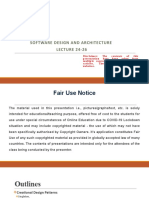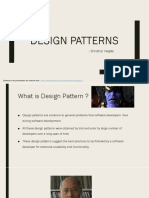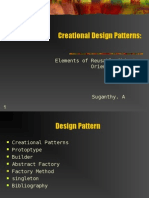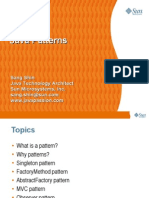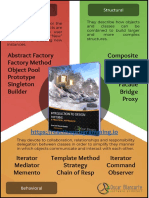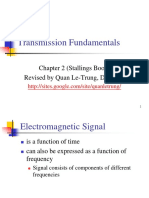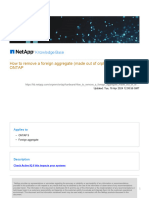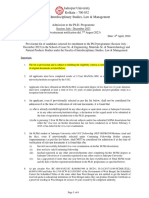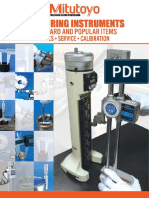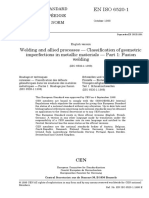0% found this document useful (0 votes)
6 views6 pagesDesign Patterns
The document discusses three essential creational design patterns: Builder, Factory, and Singleton. The Builder pattern addresses complex object creation with method chaining, the Factory pattern centralizes object creation without exposing logic to clients, and the Singleton pattern ensures a class has only one instance. Each pattern is explained with its purpose and implementation steps.
Uploaded by
salmankhawaja.sapphireCopyright
© © All Rights Reserved
We take content rights seriously. If you suspect this is your content, claim it here.
Available Formats
Download as PDF, TXT or read online on Scribd
0% found this document useful (0 votes)
6 views6 pagesDesign Patterns
The document discusses three essential creational design patterns: Builder, Factory, and Singleton. The Builder pattern addresses complex object creation with method chaining, the Factory pattern centralizes object creation without exposing logic to clients, and the Singleton pattern ensures a class has only one instance. Each pattern is explained with its purpose and implementation steps.
Uploaded by
salmankhawaja.sapphireCopyright
© © All Rights Reserved
We take content rights seriously. If you suspect this is your content, claim it here.
Available Formats
Download as PDF, TXT or read online on Scribd
/ 6

